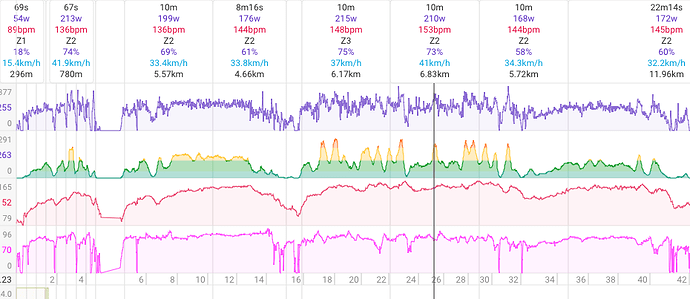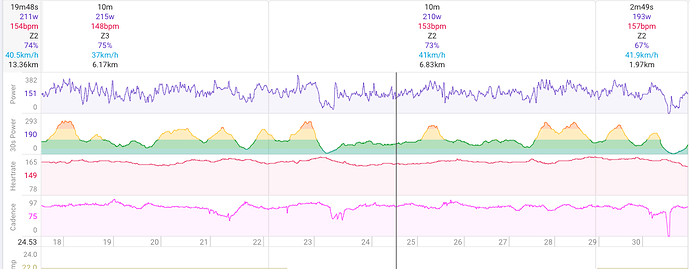One of the key metrics avid cyclists and trainers look into is the Threshold Heart Rate (THR). It’s a critical indicator that can help you tailor your training sessions and maximize efficiency. If you’re wondering how to calculate your cycling threshold heart rate, you’ve come to the right place!
What is Cycling Threshold Heart Rate?
The Cycling Threshold Heart Rate represents the upper limit at which your body can produce energy aerobically during prolonged exercise. When you exceed this heart rate, you start to accumulate lactic acid at a rate faster than your body can clear it, leading to fatigue. Knowing your THR can help you train more effectively and avoid overexertion.
Steps to Calculate Cycling Threshold Heart Rate:
- Warm-Up: Begin with a good 15-minute warm-up at a steady pace to ensure your muscles are ready and to increase your heart rate gradually.
- 20-Minute Time Trial: Push yourself and maintain the highest sustainable intensity you can hold for 20 minutes. It’s essential to keep a consistent pace and not start too fast. Using a heart rate monitor, observe and record the average heart rate during this time trial.
- Calculate 95%: Your THR is typically 95% of your average heart rate from the 20-minute trial. Multiply the average heart rate by 0.95 to get your cycling threshold heart rate.For instance, if your average heart rate during the trial was 180 bpm, then:THR = 180 x 0.95 = 171 bpm
Tips:
- Conduct the test in a controlled environment, preferably on a stationary bike, to avoid external factors like traffic or terrains.
- Make sure you are well-rested before the test to get accurate results.
- It’s beneficial to repeat this test every few months to track changes in your fitness level.
Note: While this method provides a good estimate, factors like hydration, sleep, altitude, and health conditions can influence your heart rate. Always listen to your body and consult with a coach or medical professional to ensure that you’re training safely.
How to Extract the 20-Minute Heart Rate from an Activity in Intervals.icu:
-
Accessing Your Workout: Begin by navigating to your workout in Intervals.icu.
-
Visualizing the Entire Workout: Your screen should display the entire workout, much like the first image below. This provides an overview of your heart rate, power, and other metrics throughout the session.
-
Selecting the Desired 20-Minute Period: Using your cursor, click and drag to select the start and end of the desired 20-minute period. This period should be where you maintained the highest sustainable intensity.
-
Analyzing the 20-Minute Period: Once selected, Intervals.icu will zoom into that specific period, highlighting it as shown in the second image below. You can easily view your performance metrics for this section.
-
Extracting the Average Heart Rate: Look to the top-left corner of the screen. Here, Intervals.icu displays the average heart rate for the selected 20-minute interval. In the example provided, it is 154bpm.
-
Calculating Your Threshold Heart Rate (THR): To determine your THR, multiply the average heart rate by 0.95 (or 95%).
Using the example:
THR = 154 bpm × 0.95 = 146.3 bpm (rounded off, it would be 146 bpm).
By following these simple steps, you can accurately determine your 20-minute heart rate and subsequently calculate your cycling threshold heart rate. Using tools like Intervals.icu makes this process efficient and provides insights that can help improve your training.
By understanding and leveraging your threshold heart rate, you can create cycling workouts tailored to improve your aerobic capacity, stamina, and overall performance. Happy cycling!

